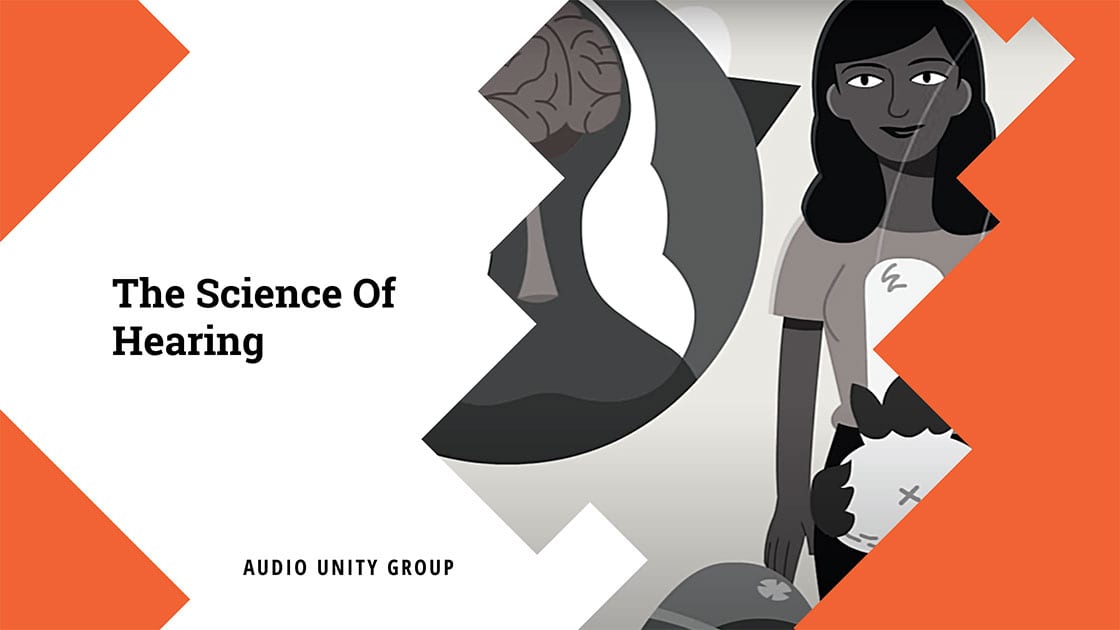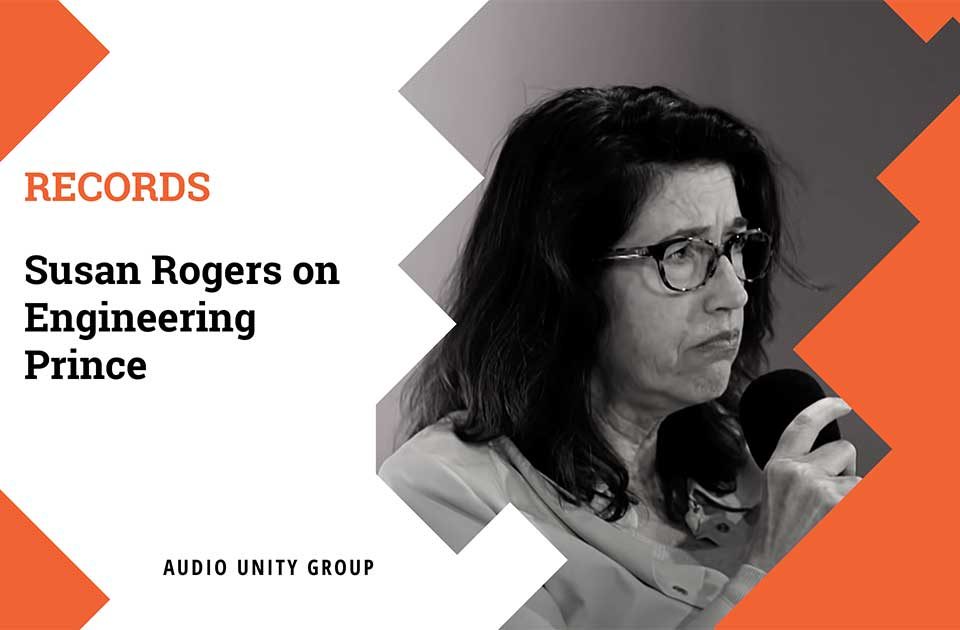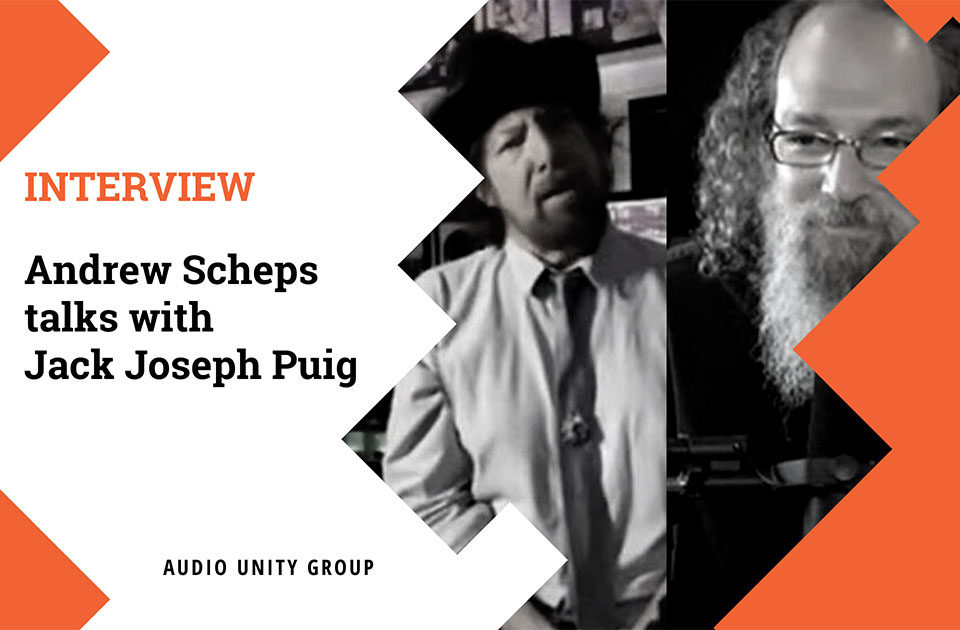
Card Sleeve CDs Grace Savage London UK
April 28, 2020
Recording Acoustic Guitar at Home
May 7, 2020The science of hearing
The ability to recognize sounds and identify their location is possible thanks to the auditory system. That’s comprised of two main parts: the ear, and the brain. The ear’s task is to convert sound energy into neural signals; the brain’s is to receive and process the information those signals contain. To understand how that works, Douglas L. Oliver follows a sound on its journey into the ear.

Transcript
[00:00:07.070]
You hear the gentle lack of waves, the distant cause of a Seagull. But then an annoying wine interrupts the piece, getting closer and closer and closer until you dispatch the offending mosquito and calm is restored. How did you detect that noise from afar and target its maker with such precision? The ability to recognise sounds and identify their location is possible thanks to the auditory system that comprises two main parts, the ear and the brain. The ear’s task is to convert sound energy into neural signals.
[00:00:47.330]
The brain is to receive and process the information those signals contain. To understand how that works, we can follow a sound on its journey into the ear. The source of a sound creates vibrations that travel as waves of pressure through particles in air, liquids, or solids. But our inner ear, called the cochlea, is actually filled with salt water like fluids. So the first problem to solve is how to convert those sound waves wherever they’re coming from, into waves in the fluid.
[00:01:20.390]
The solution is the eardrum or tympanic membrane and the tiny bones of the middle ear. Those convert the large movements of the eardrum into pressure waves in the fluid of the cochlea. When sound enters the ear canal, it hits the eardrum and makes it vibrate like the head of a drum. The vibrating eardrum jerks a bone called the hammer, which hits the anvil and moves the third bone, called the stapes. Its motion pushes the fluid within the long Chambers of the cochlea.
[00:01:53.570]
Once there, the sound vibrations have finally been converted into vibrations of a fluid, and they travel like a wave from one end of the cochlea to the other. A surface called the basilar membrane runs the length of the cochlea. It’s lined with hair cells that have specialised components called stereocilia, which move with the vibrations of the cochlear fluid and the basilar membrane. This movement triggers a signal that travels through the hair cell into the auditory nerve, then onward to the brain, which interprets it as a specific sound.
[00:02:29.330]
When a sound makes the basilar membrane vibrate, not every hair cell moves only selected ones, depending on the frequency of the sound.
[00:02:39.290]
This comes down to some fine engineering. At one end, the basilar membrane is stiff, vibrating only in response to short wavelength, high frequency sounds. The other is more flexible, vibrating only in the presence of longer wavelength, low frequency sounds. So the noises made by the Seagull and mosquito vibrate different locations on the baseline membrane, like playing different keys on a piano. But that’s not all that’s going on.
[00:03:08.870]
The brain still has another important task to fulfil identifying where a sound is coming from. For that, it compares the sounds coming into the two ears to locate the source in space, a sound from directly in front of you will reach both your ears at the same time. You’ll also hear it at the same intensity in each ear. However, a low frequency sound coming from one side will reach the near ear microseconds before the far one, and high frequency sounds will sound more intense to the nearest because they’re blocked from the far ear by your head.
[00:03:46.310]
These strands of information reach special parts of the brain stem that analyse time and intensity differences between your ears.
[00:03:54.350]
They send the results of their analysis up to the auditory cortex. Now the brain has all the information it needs, the patterns of activity that tell us what the sound is and information about where it is in space. Not everyone has normal hearing. Hearing loss is the third most common chronic disease in the world. Exposure to loud noises and some drugs can kill hair cells, preventing signals from travelling from the ear to the brain.
[00:04:23.450]
Diseases like osteosclerosis freeze the tiny bones in the ear so they no longer vibrate. And with tinnitus, the brain does strange things to make us think there’s a sound when there isn’t one, but when it does work, our hearing is an incredible, elegant system. Our ears enclose a fine tuned piece of biological machinery that converts the cacophony of vibrations in the air around us into precisely tuned electrical impulses that distinguish claps, taps, size and flies that dive deeper into the complex world of your senses.
Download FREE pdf
mastering chain cheat sheet
Use this 10 step mastering chain sheet to improve your mastering processes and to make sure you do right things at the right time!
DOWNLOAD PDFHey I’m Tom, I’m a mastering engineer here at Audio Unity Group. I mostly look after Vinyl production and audio side of things. I hold a bachelor’s degree with honours from Kingston University in London. I love audio and helping others create outstanding-sounding records.












